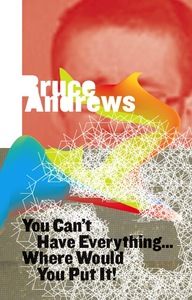The flesh as a digital canvas, by William Wang
He doesn’t understand my perspective, James thinks. He’s old, and utterly oblivious to what I want for myself!
As he flips through his tattoo artist’s portfolio, James imagines how his dad will respond when the deed is done. After all, that ink would be embedded in his skin forever—barring, of course, expensive cosmetic surgery. No amount of shouting or demeaning could change that fact. His dad might inflict some punishment, but the subversion would be immutable.

 In this work, the artist recreated the architecture of real maps and cities in a virtual world in which the viewer was able to navigate through cycling. However, instead of buildings and landmarks, these monuments are replaced with words or phrases that were recovered from documents recording historical events. According to Christiane Paul, this work creates a connection between our physical world and the virtual, which we see through the introduction of the cycling. We were always removed or distanced from navigating the virtual world physically. We walk around in a virtual world usually by using the arrow keys on keyboards. However in “
In this work, the artist recreated the architecture of real maps and cities in a virtual world in which the viewer was able to navigate through cycling. However, instead of buildings and landmarks, these monuments are replaced with words or phrases that were recovered from documents recording historical events. According to Christiane Paul, this work creates a connection between our physical world and the virtual, which we see through the introduction of the cycling. We were always removed or distanced from navigating the virtual world physically. We walk around in a virtual world usually by using the arrow keys on keyboards. However in “




